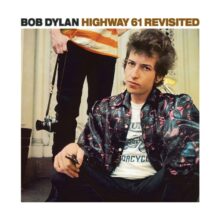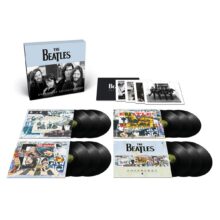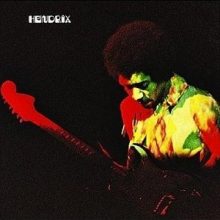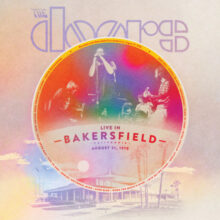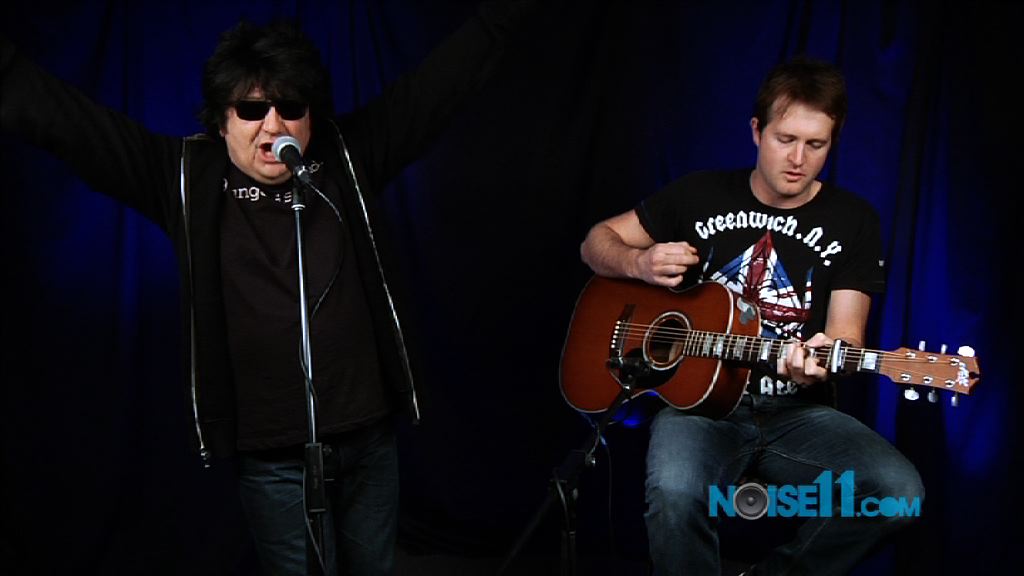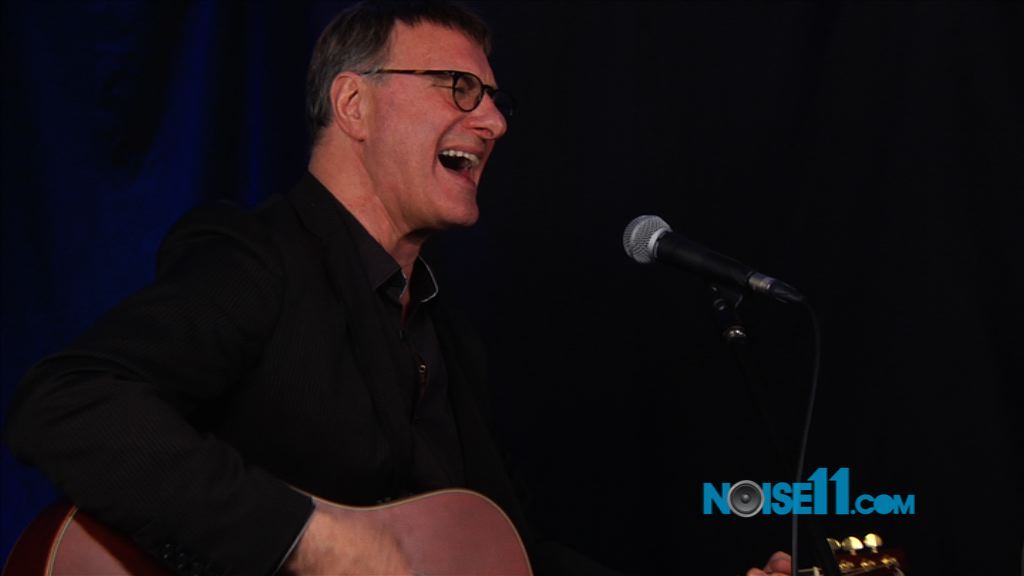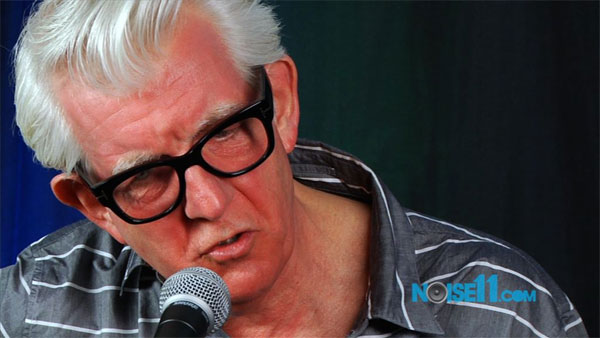The Beatles ‘Help!’ album is 60 years old. ‘Help!’, the UK edition also released in Australia, came out on 6 August 1965.
Help! marked an important crossroads for The Beatles. While it was officially tied to their second feature film of the same name, the album was far more than just a soundtrack. It showcased the band transitioning from their early pop-rock exuberance into deeper, more experimental songwriting, both lyrically and musically.
The UK version, issued on Parlophone, featured 14 tracks, seven from the film and seven additional songs that revealed the breadth of their creative range.
This UK release is notably different from the US version, which Capitol Records issued as a film soundtrack with incidental orchestral music. The British edition is considered the definitive artistic statement of the period, capturing The Beatles mid-stride between Beatlemania and their groundbreaking mid-to-late 1960s work.
In 1963 and 1964, albums like Please Please Me, With The Beatles, A Hard Day’s Night, and Beatles For Sale established The Beatles as masters of catchy, hook-driven pop and early rock ’n’ roll. Yet by Help!, the band’s songwriting was maturing rapidly.
John Lennon, in particular, was beginning to write more introspective lyrics, most famously on Help!’s title track and “You’ve Got to Hide Your Love Away.” Influenced by Bob Dylan, Lennon began moving away from pure romanticism to self-reflection and vulnerability.
Paul McCartney was continuing his ascent as a melodist of extraordinary skill. “Yesterday” not only became one of the most covered songs in history but also represented the first time a Beatles track featured a solo performance (Paul with a string quartet). This was a bold departure from their guitar-based, band-as-a-unit sound.
Musically, Help! blended upbeat pop numbers with acoustic ballads, folk influences, and hints of new instrumentation, signalling that The Beatles were ready to explore beyond the confines of their established style.
Earlier Beatles records were dominated by upbeat, guitar-driven pop songs, fast, energetic, and mostly about young love. Help! still had these elements (“The Night Before,” “Another Girl”), but several key differences emerged:
Tracks like “You’ve Got to Hide Your Love Away” and “I’ve Just Seen a Face” showed a shift towards folk rock, reflecting the Dylan influence and paralleling the rise of The Byrds.
“Yesterday” introduced strings, while “Ticket to Ride” experimented with a heavier beat and more complex arrangement, laying the groundwork for the more layered productions of Rubber Soul and Revolver.
Lennon’s title track expressed genuine anxiety and disillusionment, far from the carefree optimism of “She Loves You” or “Can’t Buy Me Love.”
Harmonies became richer, chord changes more adventurous, and lyrics more personal. Even lighter songs like “It’s Only Love” hinted at greater nuance.
While Help! still had one foot in Beatlemania, it pointed unmistakably toward The Beatles’ future creative leaps. Instead of sticking solely to love songs, they began touching on inner struggles (“Help!”), loneliness (“Yesterday”), and self-expression (“You’ve Got to Hide Your Love Away”).
The blend of electric and acoustic guitars, plus orchestration, hinted at the sonic variety of Rubber Soul and Revolver.
Though still recording quickly, the band was becoming more comfortable using the studio as more than just a live performance space, setting the stage for the revolutionary production techniques of Sgt. Pepper’s Lonely Hearts Club Band.
McCartney, Lennon, and George Harrison were developing distinct songwriting identities. Harrison contributed “I Need You” and “You Like Me Too Much,” both signalling his growing role as a composer.
By mid-1965, The Beatles were under enormous pressure, touring constantly, making films, and churning out hit singles and albums at a breakneck pace. Lennon’s plea in “Help!” was not just a clever hook; it was a real cry from someone overwhelmed by fame. The film Help! itself was a light-hearted spy caper, but the music often went deeper than its cinematic counterpart.
This transitional period also reflected the broader shift in popular music. Folk rock, psychedelic influences, and more introspective songwriting were on the rise. The Beatles, rather than resisting, embraced and led these changes. Help! thus stands as the bridge between their mop-top pop beginnings and their status as cultural innovators.
UK Tracklisting for Help! (Parlophone, 1965)
Side One
1. Help!
2. The Night Before
3. You’ve Got to Hide Your Love Away
4. I Need You (George Harrison)
5. Another Girl
6. You’re Going to Lose That Girl
7. Ticket to Ride
Side Two
1. Act Naturally (Buck Owens cover; Ringo Starr vocal)
2. It’s Only Love
3. You Like Me Too Much (George Harrison)
4. Tell Me What You See
5. I’ve Just Seen a Face
6. Yesterday
7. Dizzy Miss Lizzy (Larry Williams cover)
Looking back, Help! is a fascinating document of The Beatles in transition. It’s the sound of a band at the height of their popularity but already restless for change. Within a few months, they would record Rubber Soul, where the folk and introspection hinted at on Help! would fully blossom.
For fans and historians, Help! offers the perfect balance—catchy, energetic tracks from their early years, alongside moments of striking maturity that hint at their unparalleled creative evolution. It stands not only as a beloved album but also as a turning point where The Beatles began reshaping the landscape of popular music.
Stay updated with your free Noise11.com daily music news email alert. Subscribe to Noise11 Music News here
Be the first to see NOISE11.com’s newest interviews and special features on YOUTUBE and updated regularly. See things first SUBSCRIBE here: Noise11 on YouTube SUBSCRIBE
Noise11.com
Follow us at https://bsky.app/profile/noise11.bsky.social
Noise11 on Instagram
Comment on the news of the day, join Noise11 on Facebook


